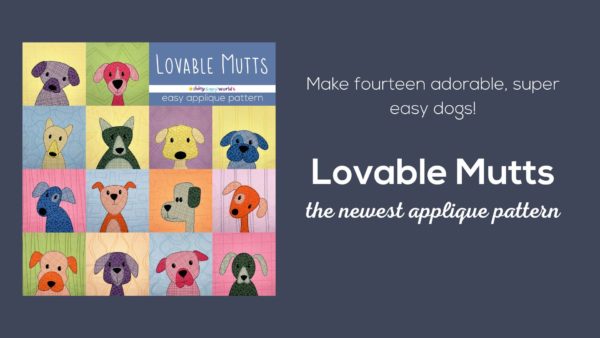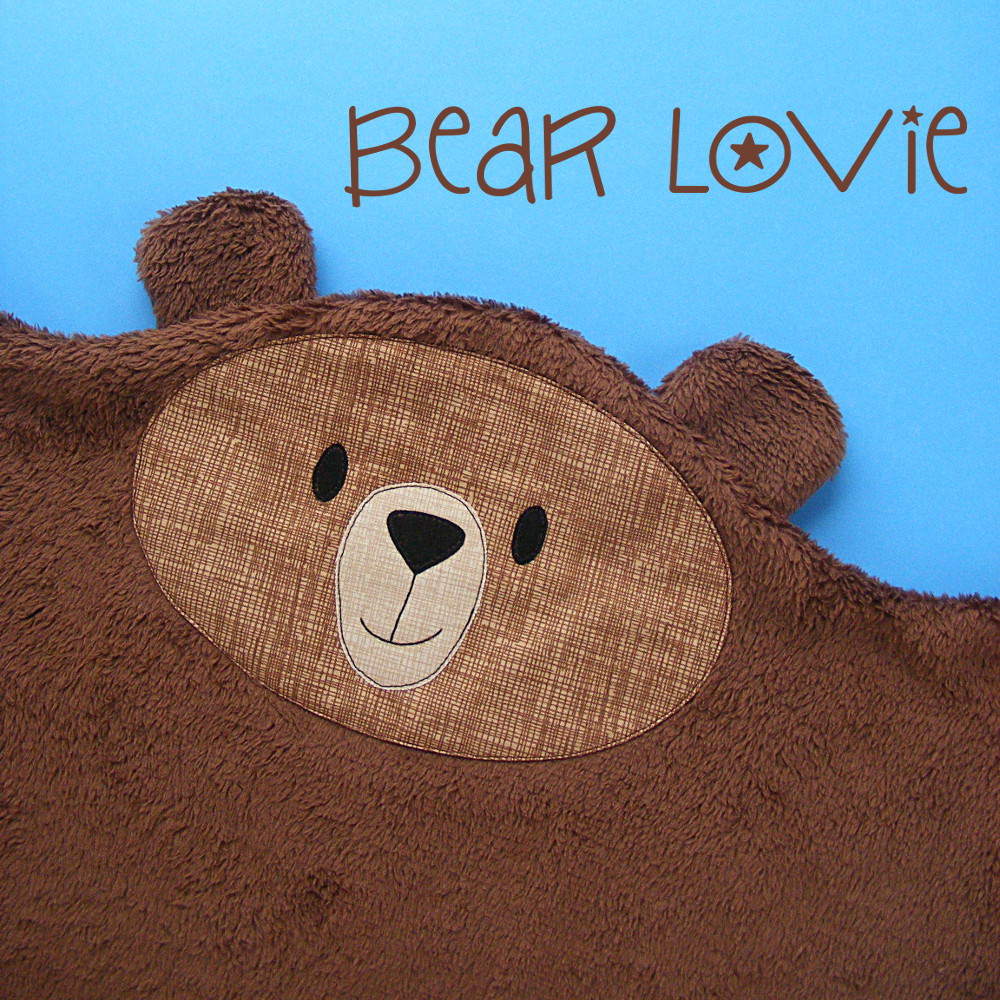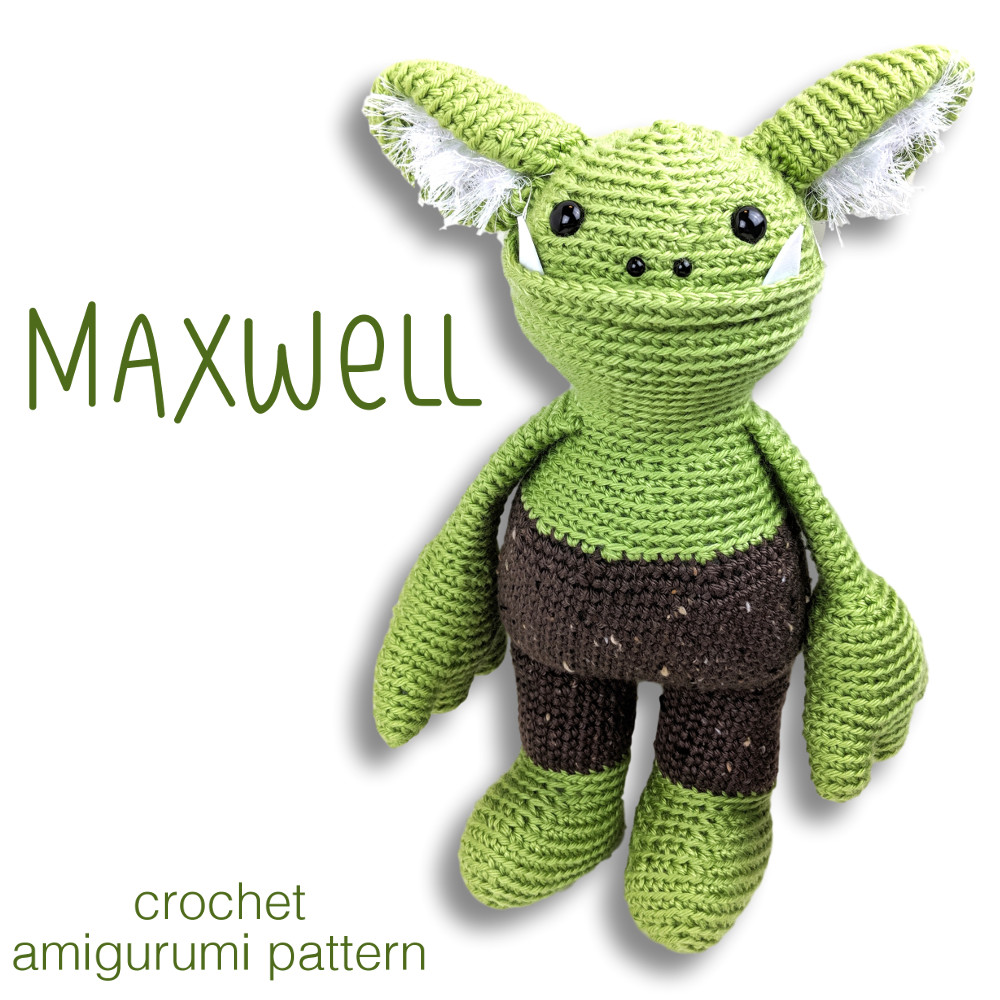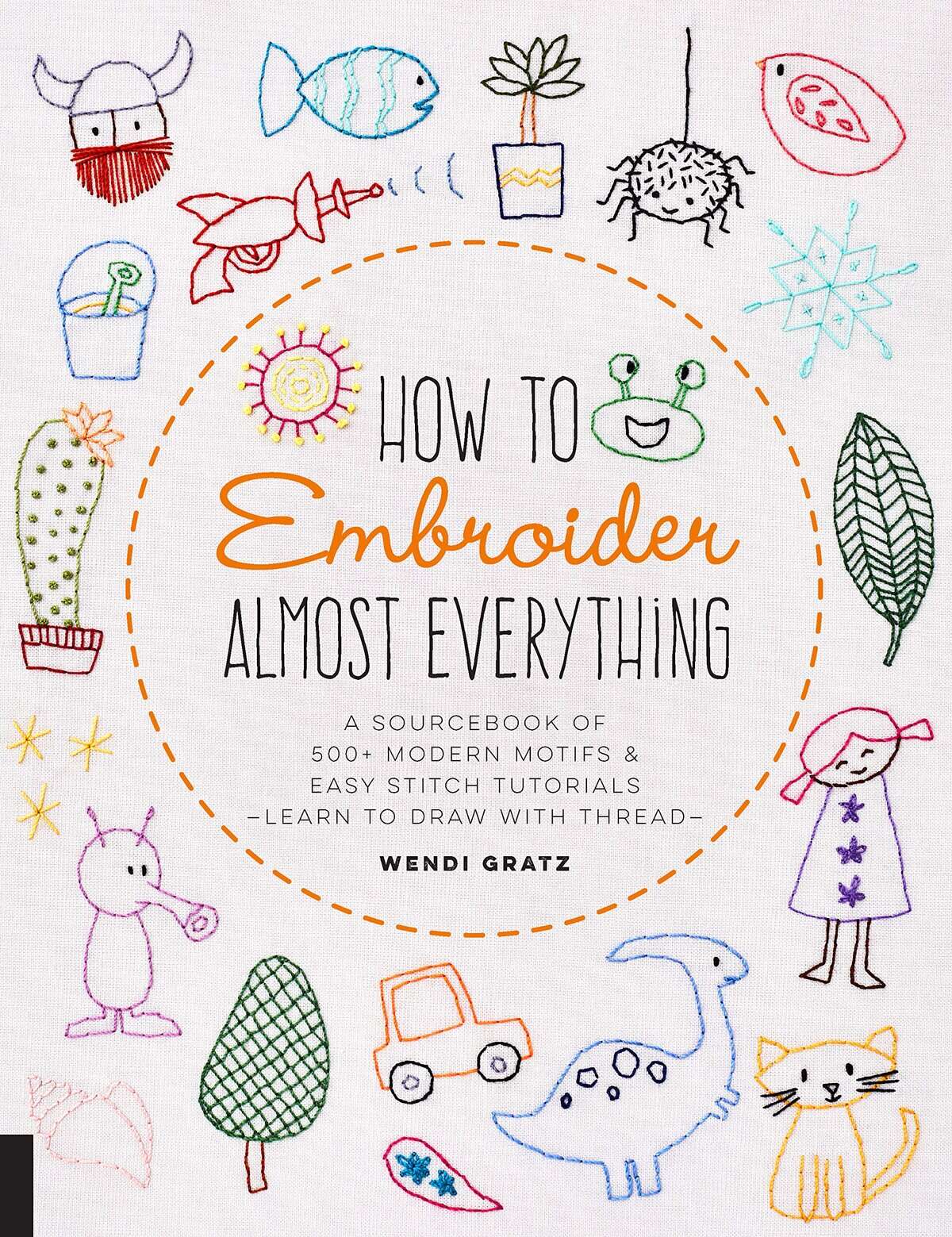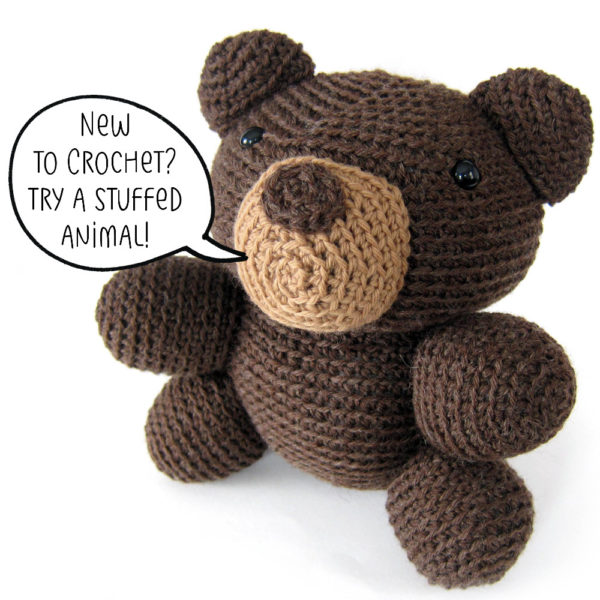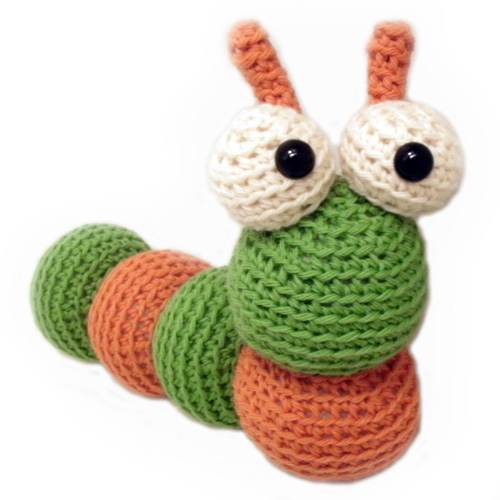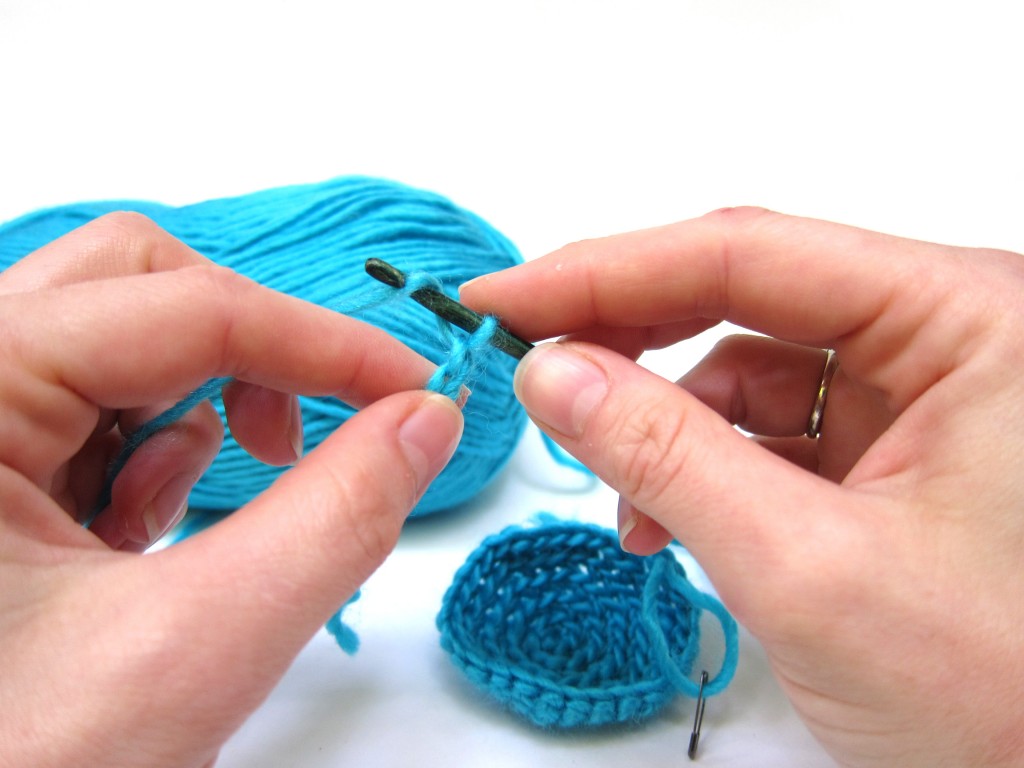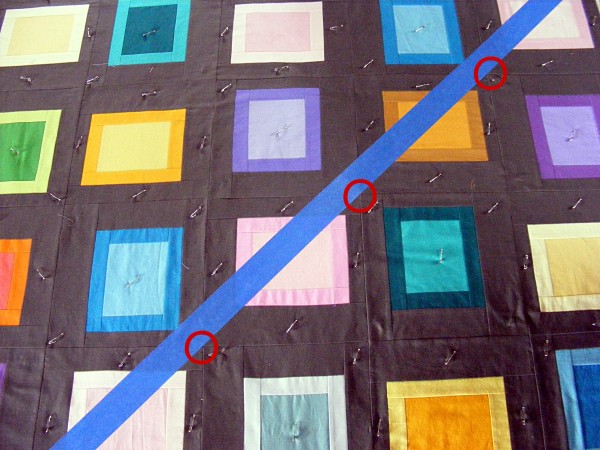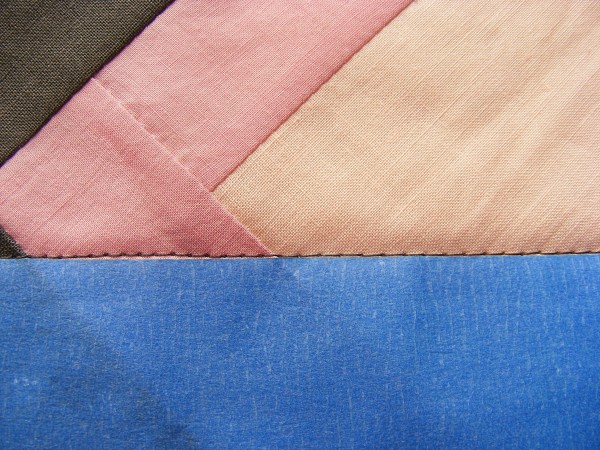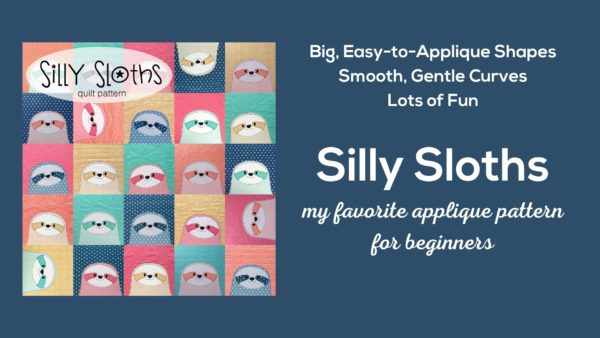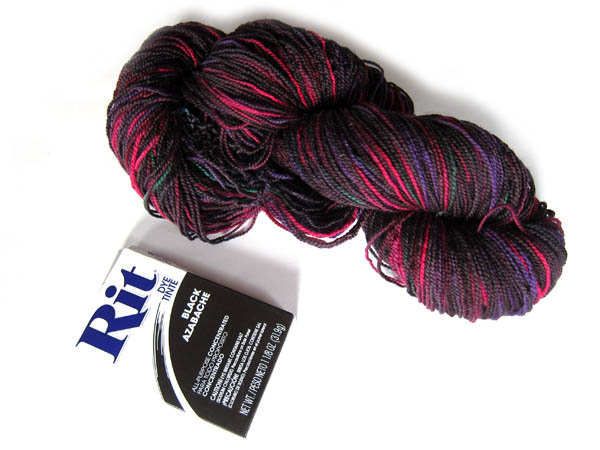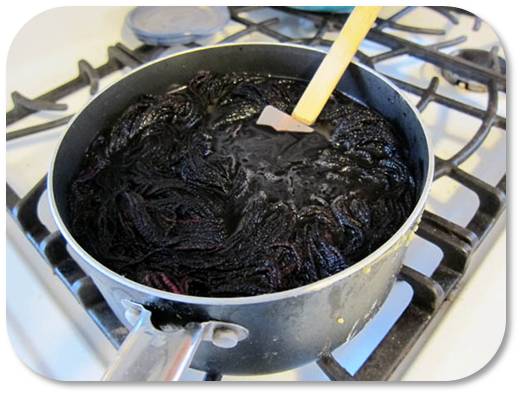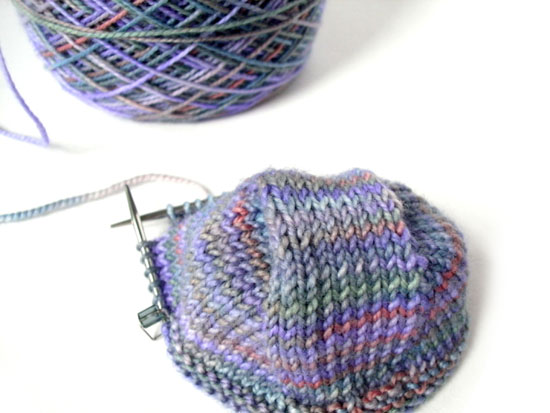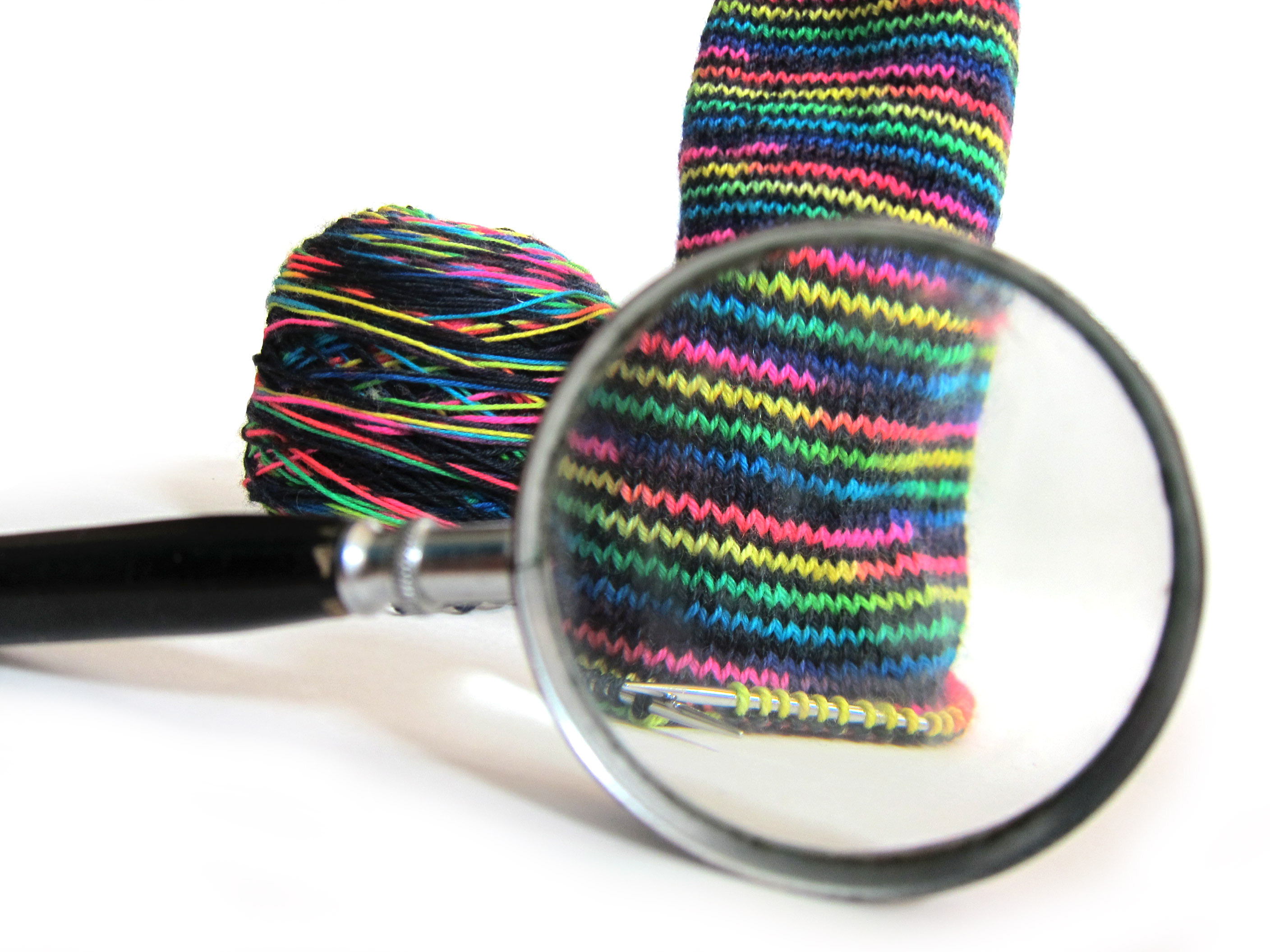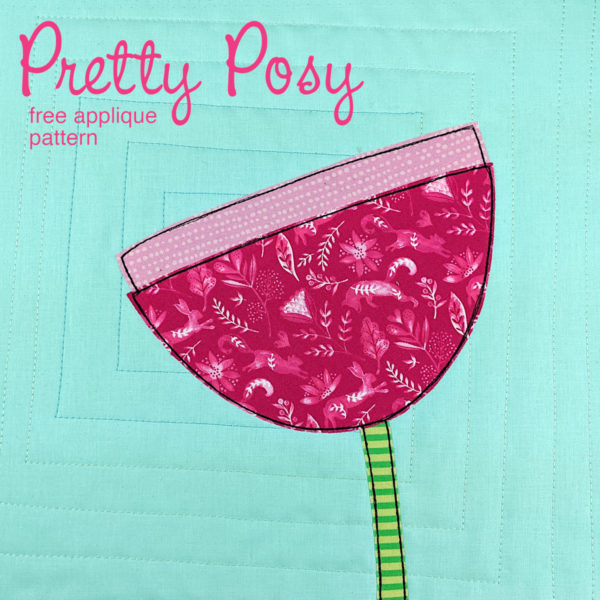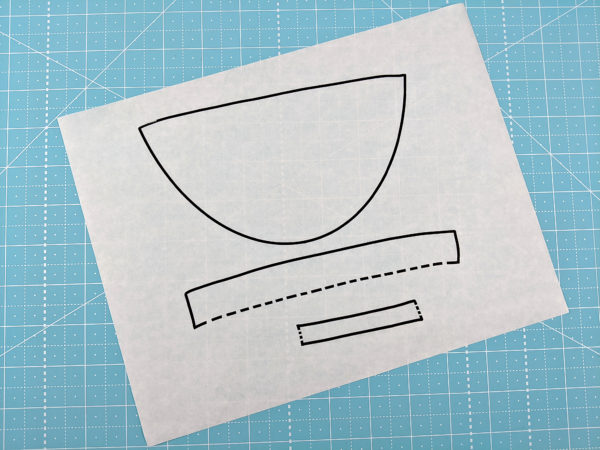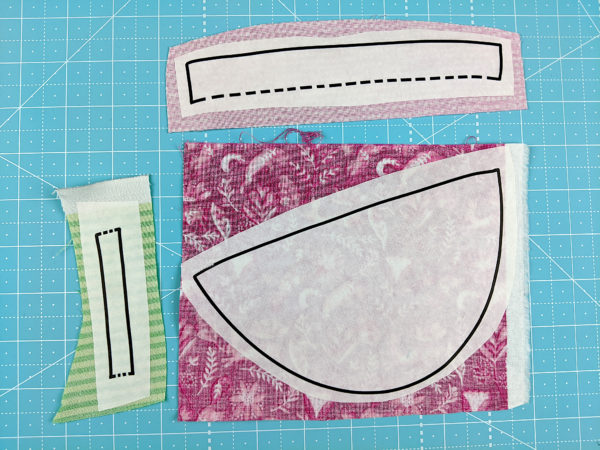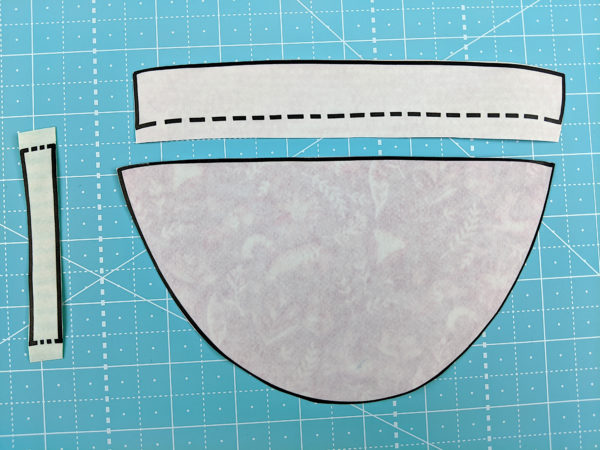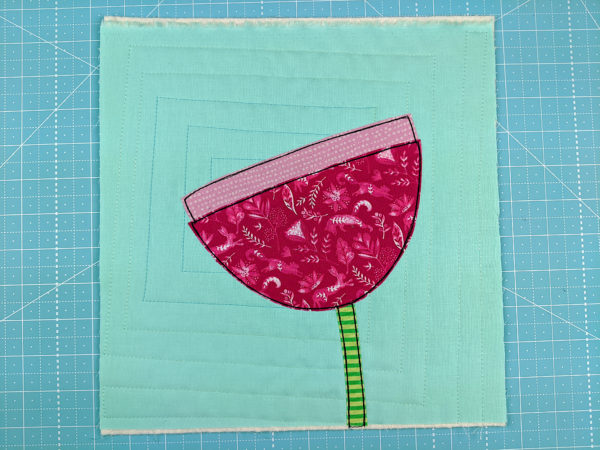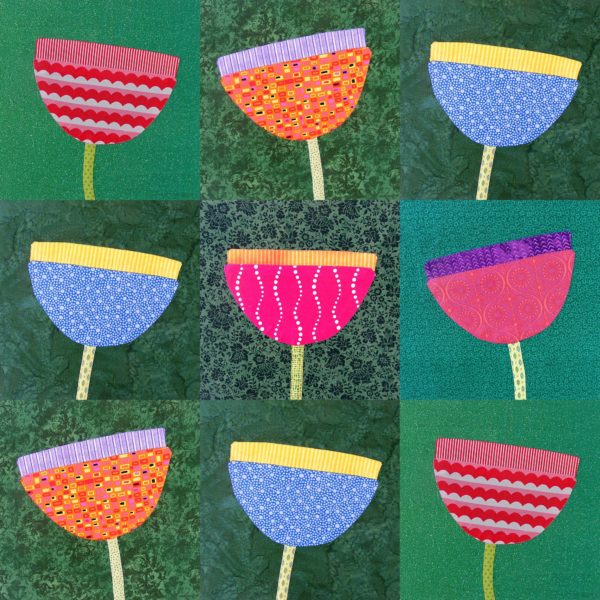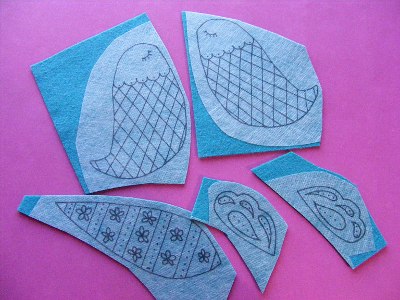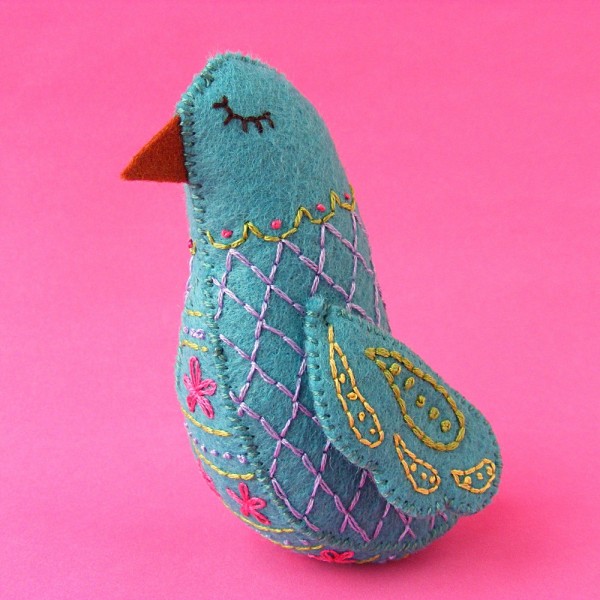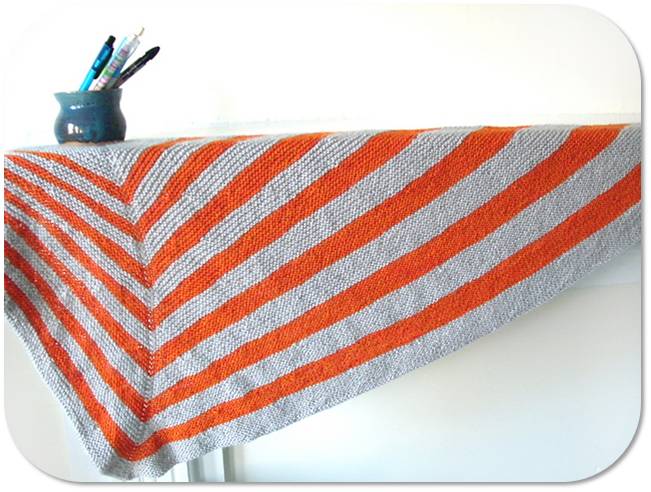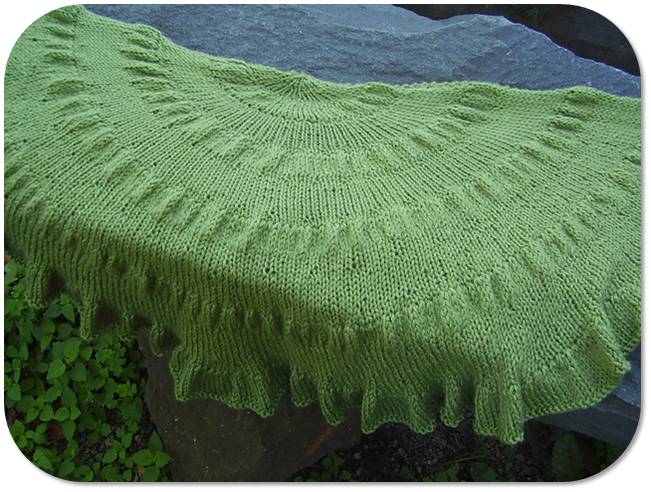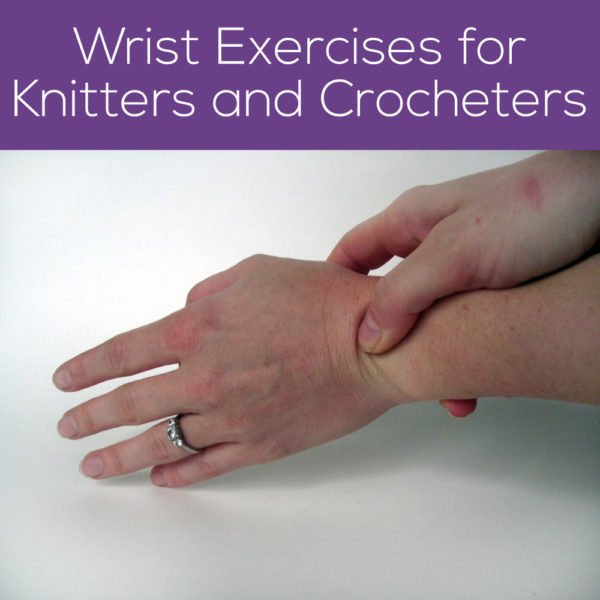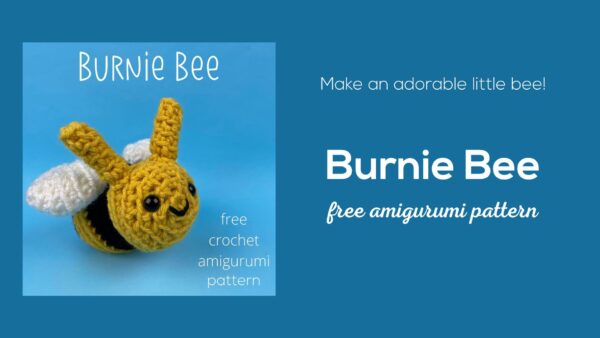Nothing – and I mean nothing – is more likely to make me curse like a sailor than when my bobbin runs out of thread in the middle of a long row of stitching while machine quilting. You sew and sew and sew, shifting the heavy weight of the quilt over and over again – and then get to the end and realize you just stitched a whole row with no bobbin – so there’s no stitching. Grrrrrrr. . . just thinking about it is making my blood pressure go up.
*breathe*
I had this happen one too many times on my last project – and then I had a little epiphany.
Actually – a big epiphany. 🙂
Wind a bunch of bobbins before you get started. Like – at least ten for a twin size quilt. Pop matching full bobbins into the top (where you’d normally use a spool) and in the bobbin case. The top and bottom stitching should use the same amount of thread, so you can look at the top bobbin at any time to see how much thread you have left in the bottom (secret hidden) bobbin.
Check before you start every row. If it’s close to empty – go ahead and replace both bobbins. You may waste a little thread – but you’ll be saving your sanity. I say choose sanity.
And even if you miscalculate and run out in the middle of a row – you’ll know right away instead of continuing to stitch on in painful, oblivious ignorance.

Here are all my posts about layering and basting your quilt, and the final round of quilting.
- How to Layer and Baste a Quilt Sandwich
- How to Machine Quilt
- My Favorite Tip for Machine Quilting without Swearing
- How to Quilt a Big Quilt on a Standard Sewing Machine
- What Does It Mean to Start Quilting in the Middle and Work Your Way Out?
- How to Quilt Perfectly Parallel Lines
- Tips for Quilting a Cuddle Fleece Back
- Quilting with Decorative Stitching
Here are all my posts about hand quilting and Big Stitch quilting. I don’t use these techniques with fusible applique or Quilt As You Go, but I LOVE using Big Stitch Quilting with my cheater fabric.
- How to Tie a Knot
- Hand Quilting Basics – traditional hand quilting
- Hand Quilting without Marking
- Big Stitch Quilting
- How to Quilt All the Way to the Edge
Finished with this topic?
Return to the Let’s Make a Quilt main Table of Contents.
Move on to the lessons about binding and finishing your quilt.
Happy quilting!

